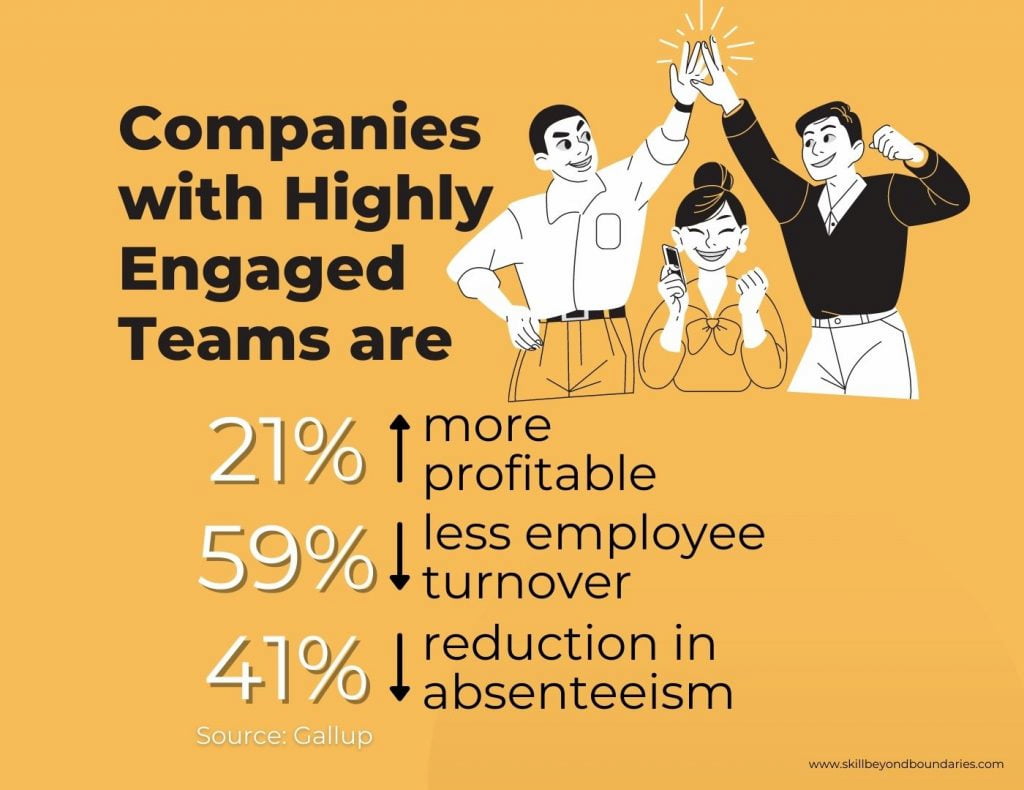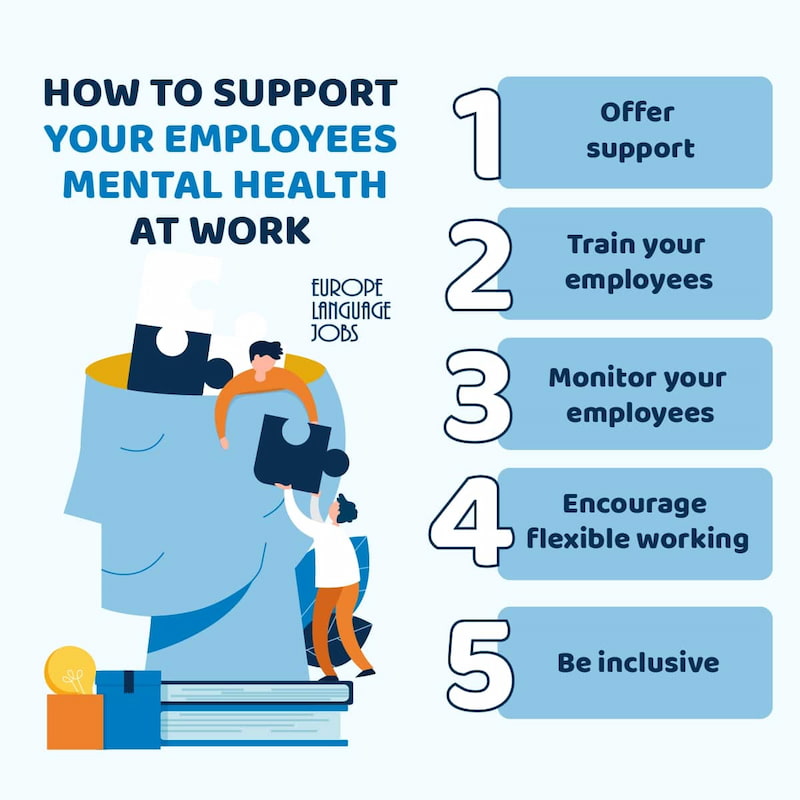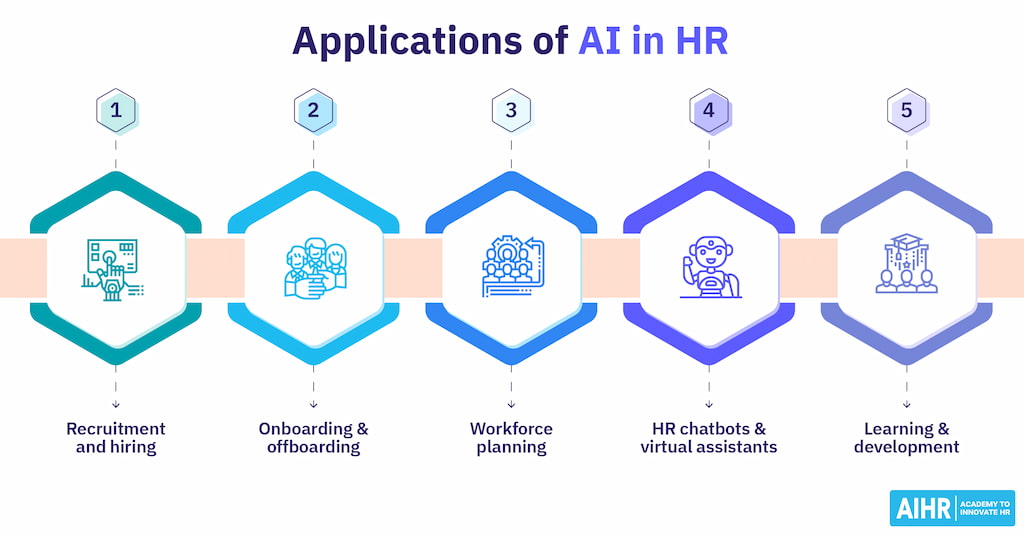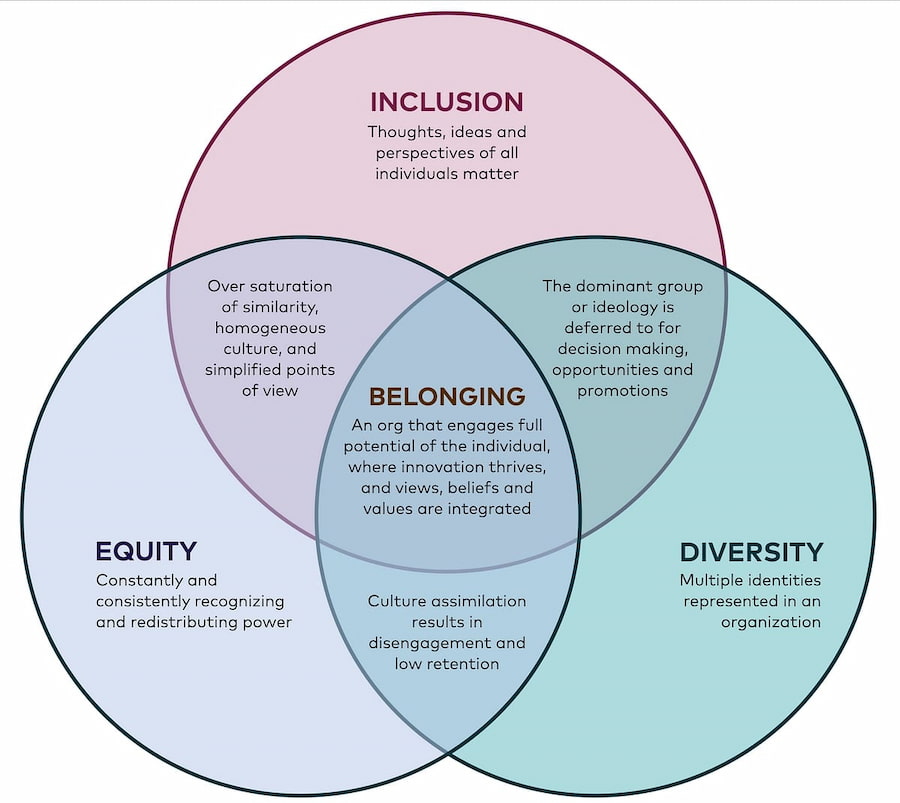Workforce optimization and management are constantly evolving, driven by technology, shifting employee expectations, and changes in how businesses operate. To stay ahead, companies need to understand the latest workforce management trends, including the growing use of free employee shift scheduling apps. From optimizing remote work and emphasizing employee well-being to leveraging data-driven insights, organizations are rethinking their strategies to boost productivity, engagement, and overall success. In this article, we’ll explore the future of workforce management and eight key trends shaping how businesses run.
Top 8 Workforce Management Trends to Watch
Remote work optimization
Remote work continues to grow, and companies are shifting their strategies to keep up. Here’s how businesses are adapting:
- 🏠 Remote is going mainstream
According to Gartner, 74% of CFOs plan to make remote work permanent for some roles. - 💻 Investment in remote-friendly tools
Companies are using video conferencing, project management tools, and virtual collaboration platforms to support distributed teams. - 🕒 More flexible work policies
Many are introducing flexible schedules and offering training to help employees adjust to working remotely. - 🔁 Hybrid schedules are on the rise
Hybrid work lets employees alternate between remote and in-office work — a model 55% of workers now prefer. - 😊 Happier, more productive employees
Employee satisfaction improves when people have flexibility. A FlexJobs survey found:- 65% want to work remotely full-time because they’re more productive at home.
- 31% prefer a hybrid schedule.
👉 Curious how to boost office productivity in this new setup? We’ve got you covered.
With the right approach to remote work optimization, organizations can maintain productivity, foster team cohesion, and support employee work-life balance in remote settings.
Talent retention and employee engagement
Creating a supportive and engaging workplace isn’t just good for morale — it boosts profits too. Gallup reports that companies with high employee engagement see 21% higher profitability.

Here’s how organizations are improving satisfaction and retention:
- 🚀 Career development opportunities
Giving employees room to grow keeps them motivated and committed. - 🏆 Recognition and rewards
Celebrating achievements helps people feel valued. - 💬 Open communication
A culture of honest feedback encourages trust and connection. - 🧘 Wellness programs
Initiatives like meditation, fitness, and mental health support improve work-life balance. - 🕓 Flexible work options
Flexibility plays a huge role in overall job satisfaction.

📊 Quick stats to note:
- 80% of employees say well-being programs are essential for engagement (Deloitte)
- 94% would stay longer at companies that invest in their career growth (LinkedIn)
These statistics emphasize the importance of focusing on talent retention and employee engagement as a core part of workforce management.
Employee well-being
Employee well-being is no longer just a “nice to have”—it’s become a key part of how companies boost productivity and retain top talent. A healthy, satisfied team is simply more engaged and motivated to do their best work.
According to a survey by the American Psychological Association, nearly 89% of employees at companies that support well-being initiatives are more likely to recommend their organization as a good place to work.
❗ Key strategies for promoting employee well-being
🌟 Mental health support: Provide access to counseling, stress management workshops, and mental health days. These are essential for helping employees and direct reports cope with stress and maintain mental health.

💪 Physical health initiatives: Encourage fitness, healthy habits, and regular activity by offering gym stipends, wellness challenges, or ergonomic work setups.
🤹♀️ Work-life balance: Support flexibility—whether that’s remote work or adaptable hours—so employees can meet both personal and professional needs without burnout.
🚀 Social well-being: Build community with team events, games, and shared experiences that promote connection and morale.
Celebrate your workers by setting up an employee appreciation day!

The Global Wellness Institute reports that effective well-being programs can lead to a 64% increase in employee engagement. Investing in your team’s health and happiness really does pay off.
Data-driven decision-making
Data-driven decision-making transforms workforce management by leveraging real-time data and analytics. Companies harness insights to optimize operations, enhance employee performance, and drive strategic initiatives. According to Deloitte, organizations using data-driven approaches are twice as likely to exceed business goals. Key aspects include:
Data-driven decision-making is changing the game in workforce management. By tapping into real-time data and analytics, companies can fine-tune their operations, improve employee performance, and align better with long-term goals. According to Deloitte, companies using data-driven strategies are twice as likely to exceed their business goals.
- 📈 Performance analytics
Track employee metrics to offer personalized feedback and support. - 🧠 Workforce analytics
Analyze trends in demographics, turnover, and engagement to build smarter HR strategies. - 🔮 Predictive analytics
Use past data to forecast hiring needs and plan for future talent development. - 🗣️ Employee feedback
Collect and act on feedback to boost satisfaction and uncover improvement areas. - ⚙️ Operational efficiency
Identify bottlenecks and streamline workflows to reduce costs and save time.
Integrating data-driven decision-making yields informed choices, agility, and improved outcomes. MIT Sloan Management Review reports a 6% higher profitability for companies prioritizing data-driven approaches.
Automation and AI
Automation and artificial intelligence (AI) are reshaping workforce management, bringing major efficiency gains and changing how companies operate day-to-day. A recent PwC study found that 72% of business leaders see AI as a business advantage, thanks to its ability to turn massive amounts of data into actionable insights.
💡 McKinsey Global Institute predicts AI will add up to $15.7 trillion to global GDP by 2025, showing just how powerful these tools are for innovation and productivity.
📢 According to Deloitte, automation can improve accuracy by 200% and cut processing time by 70%—a major win for any organization.
⚙️ How AI and automation are transforming HR and workforce management
- 🤖 Smarter recruitment
AI helps pinpoint top candidates faster, improving hiring quality and cutting down on time-to-hire. - 📂 Streamlined onboarding
Automation handles repetitive admin tasks so HR teams can focus on creating better employee experiences. - 📊 Data-driven performance management
AI tools offer real-time insights into employee progress, helping managers make better decisions. - 💬 Enhanced engagement
Chatbots and virtual assistants improve communication and help employees get support more efficiently. (Also, learn how time tracking software for virtual assistants might help with that)
By embracing AI and automation, businesses are not only saving time but also enabling HR to focus on what really matters—developing people and driving long-term success.

By harnessing the power of automation and AI, organizations can drive operational excellence, foster a culture of continuous improvement, and position themselves for sustained success in an increasingly digital world.
Skills development and training
94% of employees say they’d stay longer at a company that invests in their career development (LinkedIn). That makes employee training not just a perk—but a strategic advantage.
Companies are embracing this by offering:
- 🎓 Diverse learning formats like online courses, workshops, seminars, and mentorships
- 🔍 Skill gap analysis through performance data and feedback to tailor training efforts
- 📊 Targeted development programs aligned with both individual and business needs

These efforts help employees build relevant skills while creating a culture of growth and learning. By analyzing performance data and employee feedback, companies can develop targeted training initiatives that address critical areas for improvement. This approach ensures that training resources are allocated effectively and that employees receive the support they need to thrive in their roles.
Companies that invest in upskilling see better engagement, productivity, and loyalty. Plus, a trained workforce is more adaptable—ready to take on change and drive innovation.
Diversity, Equity, and Inclusion (DEI) initiatives
Organizations are increasingly prioritizing DEI (Diversity, Equity, and Inclusion) initiatives to foster inclusive and equitable work environments. A study by McKinsey & Company reveals that companies in the top quartile for gender diversity on executive teams are 25% more likely to have above-average profitability. Similarly, organizations with ethnically diverse executive teams are 36% more likely to outperform their peers in profitability.
DEI initiatives focus on creating a diverse and inclusive workplace through:
- 🌍 Recruitment and retention practices that promote diversity
- 📚 Training on unconscious bias and cultural competency
- 🤝 Fostering an inclusive culture where all employees feel valued and respected

Moreover, companies are addressing systemic inequities by ensuring pay equity, providing career development opportunities, and removing barriers to advancement for underrepresented groups.
Prioritizing DEI can help organizations attract top talent, foster innovation, and make more effective decisions. A diverse workforce brings varied perspectives, driving more creative and robust solutions.
Gig workforce integration
As the gig economy grows, organizations are incorporating gig workers into their workforce strategies. A report by Intuit forecasts that gig workers will make up 43% of the U.S. workforce by 2023. This trend is driven by the demand for flexible, on-demand talent, enabling companies to scale quickly, access specialized skills, and reduce labor costs.
Gig workforce integration involves leveraging platforms like Upwork, Freelancer, and TaskRabbit to source, onboard, manage, and pay workers efficiently. Companies are refining policies and processes, setting clear roles, and offering support to ensure gig workers succeed.
Additionally, organizations are developing policies and processes to effectively integrate gig workers into their teams, including defining roles and responsibilities, setting clear expectations, and providing support and resources for gig workers to succeed.
Embracing gig workers increases workforce agility, taps into a broader talent pool, and drives business growth. Learn how time tracking can help businesses grow.
Another way to improve remote work arrangements is to use a time tracker & project management tool. If you are managing a team of 5 or more and looking to boost efficiency, Everhour is the best employee time tracking app to keep your team on track. With seamless time tracking, you can easily estimate task durations, set clear budgets, and generate detailed reports inside Asana, Trello, Jira, or any other pm tool. Everhour also integrates with Upwork, making it a powerful solution for Upwork time tracking, allowing you to easily track billable hours for freelancers and manage client projects more effectively.
Curious about Upwork? Check out our article that explains why Upwork is legit and can be trusted. Make sure to learn about Upwork competitors while you’re at it 🙂
Conclusion: Key Workforce Management Trends for Future Growth
In conclusion, workforce management is evolving due to changing work dynamics, technology, and employee expectations. By adopting these trends, companies can boost productivity, engagement, and business success. However, staying agile and forward-thinking is crucial to remain competitive.
Looking ahead, workforce management trends will continue to evolve, bringing both challenges and opportunities. By staying informed and proactive (what does proactive mean btw?), companies can develop resilient strategies that empower their teams in the changing world of work.

